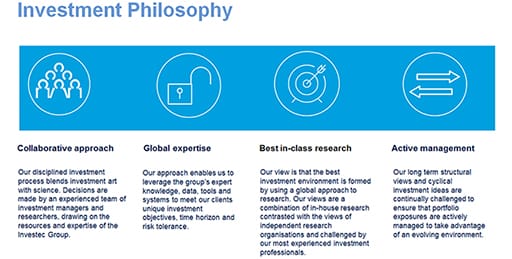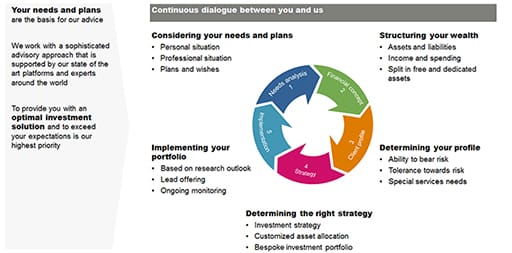It’s a cold and breezy Sunday morning following on the heels of a snowy week in Zurich. I am trying to ignore the fact that my brain is telling me that I would be better off under my warm duvet contemplating a breakfast designed to punish my growing waistline – eggs, bacon, avocado and slices of Swiss Zopf bread with cheese and jam accompanied by a cup (or two) of tea. Instead, I find myself drawn out of my bed by the beautiful rays of sunshine streaming in through the shuttered windows. With the realisation that the snow and ice outside have melted and temperatures are expected to be “tropical” (for Switzerland in winter anyway), I opt for a cup of coffee and oatmeal instead and start to suit up in my gear. I feel the excitement in anticipation of getting on my motorbike, hearing the whine of the electrics and fuel pump as I turn the key, and the shriek of the inline four engine powering to life as I crank the throttle open. A feeling I am sure all riders have.
Motorcycle technology and rider aids have evolved significantly over the years – today there are bigger and more efficient engines, superchargers and traction control, and anti-wheelie and self- righting mechanisms are now the norm. This is a far cry from the first motorcycles which came off a Hildebrand & Wolfmüller production line in 1894.
I only started riding five years ago, but almost immediately fell in love with the feeling of being on a motorbike. It started out as a functional means to commute in a cost-effective manner, with a low impact on the environment and in the shortest time possible. On my first ride, all I wanted to do was ride in a straight line, hating any corner or bend in the road. I soon realised that there was much more joy to be experienced, and started to work on other aspects of my knowledge and technical ability through practice. As my confidence improved, so did the amount of pleasure I took from the ride.

No matter how sophisticated or enhanced the machine, the most important part of the experience was feeling how the ride develops with more of my own input. It was important to “unlearn” survival reflexes and understand concepts that at first seemed counter-intuitive.
Counter-steering is a prime example of this. This is the act of turning a motorcycle in one direction by momentarily steering the front wheel in the opposite direction! Contrary to every impulse a newbie would have, the tank is gripped tightly using one’s thighs while maintaining a relatively loose grip on the handlebars. Remembering to maintain a steady throttle and keep it smooth through hairpins is also key, as the slightest hesitation will unsettle the bike. I also learnt pretty early on that it’s important to look through the turn in the direction you want to travel, as the bike magically follows your line of sight accordingly. Stay too fixated on a point and you may end up hurtling off-track towards the post you were trying not to hit!
In other words, the more I brought to the table in terms of practice and technical knowledge, the more I was rewarded, regardless of whether I was on a Yamaha R125, Moto Guzzi V7 or a Kawasaki Z1000. I also realised the limitations of my ability versus the fantasy of being a superbike champion. Rider aids and assists helped correct my mistakes, gently nudging me back in line when I got too ambitious. Man and machine working in harmony.
This symbiotic relationship is not too dissimilar from Investec’s investment delivery and implementation cycle.

The investment management business is at the dawn of an era of super-intelligence, defined by a partnership between man (or woman) and machine. According to The Economist, the world’s most valuable resource is no longer oil, but data. Traditionally, fund managers relied on informational edges to outperform the market – interpreting news, research and filings faster than others. Fund managers still rely on tools and methods like price charts and asset diversification to find opportunities and manage risk in financial markets.
Like my foray into motorcycling, some of the other areas when making investment decisions are cost, ethical investing, speed of transaction, functional viability in implementation and monitoring. Tools to assess client risk and quantify and store their preferences are key to ensure that the portfolios they’re presented with are implemented in line with their objectives. Managing and monitoring deviation from the model relies on charts and spreadsheets generated by performance data. This ensures that the portfolios continue to meet the clients’ needs over the required investment horizon.
In the end though – and bearing in mind that someday artificial intelligence and robotics will probably do all of the above tasks better than we do – we should never forget that this is still a business of humans. Machines will never replace human instinct and empathy, both essential ingredients in understanding needs and implementing solutions. Like a seasoned motorcyclist who knows when to trust the instrumentation and riding aids versus when to trust his skill, the investment practitioner knows what the machine can and can’t do – and how to manage the interface between the two. At Investec Wealth & Investment, our investment practitioners are positioned to understand client needs and put together the right solutions for them. By maintaining continuous dialogue, we ensure that a sustainable solution is maintained throughout the investment lifecycle.

Our engine, the discretionary portfolio management team, sift through volumes of data which they then robustly analyse and discuss in order to achieve consensus on our strategic as well as tactical asset allocation. This is then implemented, monitored and rebalanced on an ongoing basis. Like experienced riders, our team are happy to learn and adapt to new technologies, ideas and effectively look through the curve while aiming to maintain a steady throttle on investment growth. They’re also positioned to power out when the markets rebound after turbulent times (hairpins).
The growth of unstructured (big) data such as texts, tweets, images, videos and sensor data continues to grow, and it’s become almost impossible for human beings alone to consistently make sense of financial markets. This deluge of data causes inefficient information processing and reasoning, which can lead to biased investment decisions and increased risk exposure.
With the rise of Artificial Intelligence (AI), could we be looking at a bold new future? A future where intelligent machines will be able to reason, understand, learn and interact, augmenting human reasoning and learning beyond our abilities in order to help us outperform? This would be just like rider aids on a motorcycle, only much cleverer. They would be contextually aware and adaptable, able to interpret new information according to specific market domains such as global macro, long/short equity, value, merger arbitrage, fixed income or event-driven. More importantly, they’d work with human beings, helping us cut through data clutter to uncover answers to complex questions and make better decisions confidently and with speed. This would help fund managers who have unlearned the traditional ways and adopted technology to “look through the corners” in the search for that perfect hairpin – or in this case, alpha).
Receive Focus insights straight to your inbox




